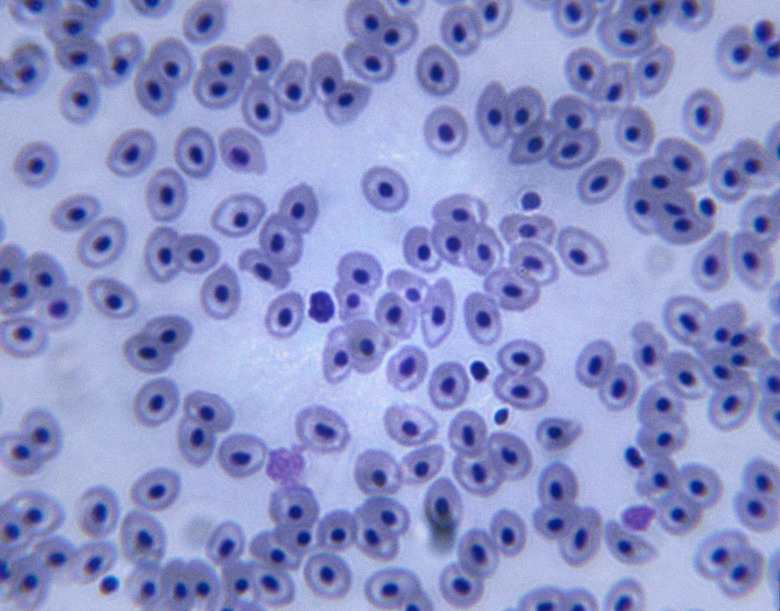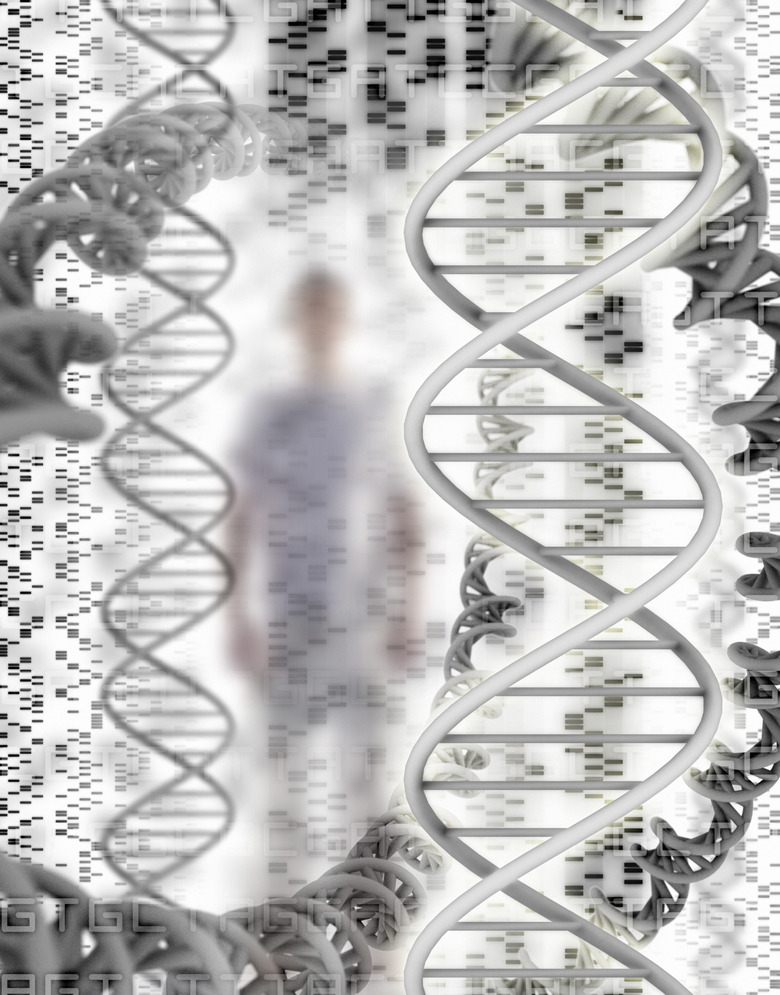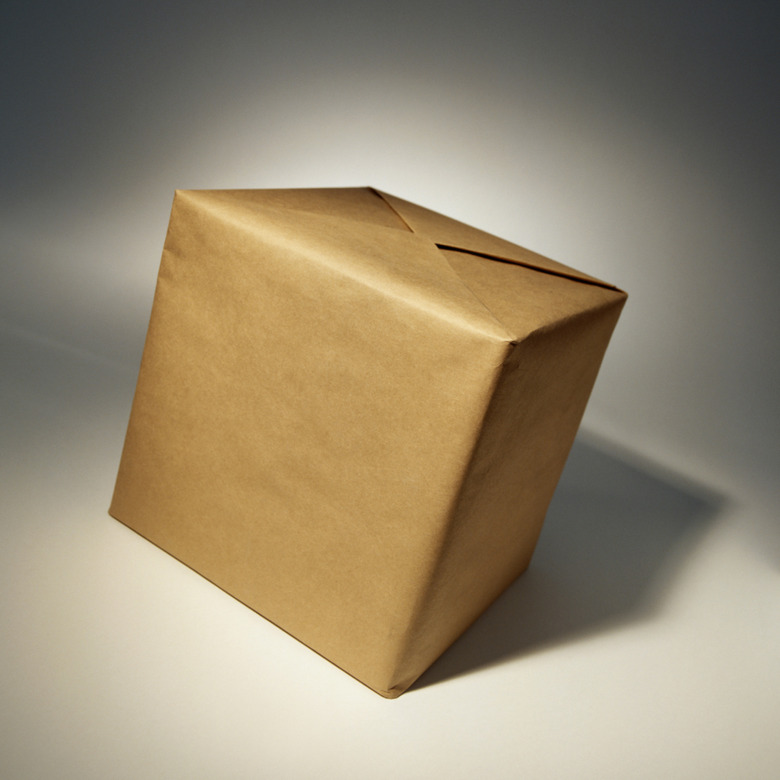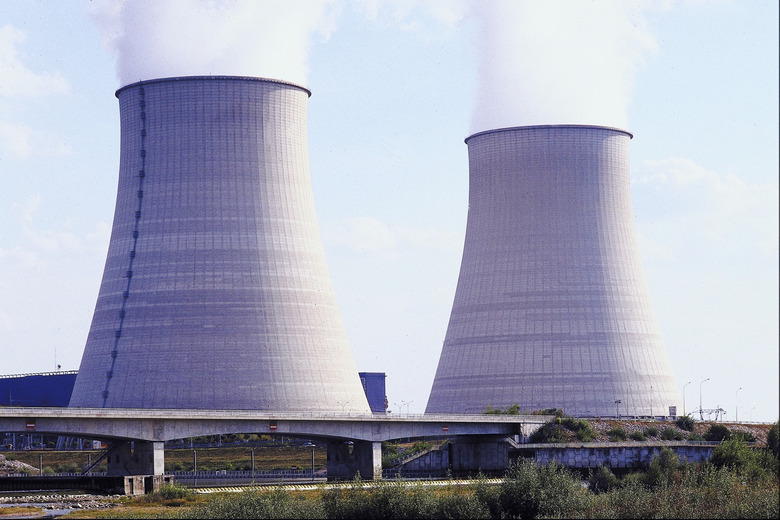What Carries Out Many Of The Activities Of A Cell?
The human body is made up of trillions of cells. In fact, all living organisms are made up of cells.
(**Note:** There is some debate to this considering viruses. Viruses aren't made up of cells, and some consider them to be alive. However, there is debate over the idea that viruses are alive at all; most scientists consider viruses as non-living beings, which means the statement that all living things are made up of cells is correct.)
The website Nature's Scitable explains that cells are the basic structural and functional unit of life and come in many different shapes and sizes depending on the job that they are supposed to do. Tissues and organs are made up of aggregates of cells that all perform the same task.
Cells are able to function because they contain specialized structures called organelles. Most of the cell's activities take place in the organelles. The organelles found in most animal cells include the plasma membrane, the nucleus, the endoplasmic reticulum, the golgi apparatus and mitochondria.
Plasma Membrane
Plasma Membrane
The plasma membrane is what separates the inside of a cell from its surrounding environment. It houses the cell's other organelles and its liquid, known as cytoplasm.
"Molecular Cell Biology" explains that the plasma membrane is semi-permeable, meaning that certain ions and small molecules are able to cross in and out of the cell while others cannot. This property allows the cell to regulate its internal conditions such as salt concentration and pH.
Another type of plasma membrane is the nuclear membrane, which is a structure that surrounds the nucleus.
Most of the Cell's Activities Take Place in the Nucleus
Most of the Cell's Activities Take Place in the Nucleus
While the nucleus might only truly be home to DNA, most of the cell's activities take place in the nucleus. How can we say this when every organelle is important for cell function?
The nucleus is the control center of the cell and it is where the genetic information or DNA is stored. Basically, the nucleus is what tells the rest of the cell what to do and what activities to carry out.
Without the nucleus, none of the organelles would be able to exist let alone do their job!
Nature's Scitable notes that the nucleus is surrounded by its own membrane: the nuclear envelope. Like the plasma membrane, the nuclear envelope is semi-permeable, allowing the passage of only certain ions and proteins. Inside the nucleus is chromatin, which is DNA associated with proteins.
The functions of the cell are carried out by transcription of the DNA within the nucleus to messenger RNA. The mRNA then exits the nucleus into the cytoplasm, where it is translated into protein by ribosomes.
Ribosomes are a cell structure that makes proteins, and they themselves are manufactured by a specialized organelle within the nucleus called the nucleolus.
Another Cell Structure That Makes Proteins: Endoplasmic Reticulum
Another Cell Structure That Makes Proteins: Endoplasmic Reticulum
According to "The Cell: A Molecular Approach," the endoplasmic reticulum, or ER, is an organelle that forms a membranous, interconnected network of tubules and sac-like structures called cisternae. This is a structure that surrounds the nucleus, and is even connected to the nuclear envelope.
Endoplasmic reticulum comes in two types: rough and smooth.
The rough endoplasmic reticulum has protein-synthesizing ribosomes bound to its membrane. Proteins synthesized in the RER are secreted by the cell for use elsewhere in the body.
The smooth endoplasmic reticulum does not have ribosomes bound to its surface. The function of the SER is to synthesize lipids and steroids, as well as to detoxify potentially harmful molecules. The SER is also important for carbohydrate metabolism.
Golgi Apparatus
Golgi Apparatus
"The Cell: A Molecular Approach" notes that the Golgi apparatus is a stacked, membranous structure that functions to modify and package proteins in order to prepare them for transport out of the cell.
Proteins manufactured in the rough endoplasmic reticulum enter the Golgi apparatus and are packed into vesicles capable of fusing with the plasma membrane in order to facilitate transport of the protein out of the cell.
The Golgi apparatus also synthesizes lysosomes. Lysosomes are vesicles packed with enzymes needed to digest proteins and sugar within the cell.
Mitochondria
Mitochondria
Nature's Scitable explains that mitochondria are the energy source of a cell. These small membrane-bound organelles are the site of nutrient breakdown and adenosine triphosphate (ATP) synthesis.
ATP is a molecule sometimes referred to as the "energy currency" of a cell. It is a co-enzyme required for many of the metabolic functions of a cell. The number of mitochondria found in a cell can vary greatly depending on the cell's function.
Cite This Article
MLA
Clouse, Rhiannon. "What Carries Out Many Of The Activities Of A Cell?" sciencing.com, https://www.sciencing.com/carries-out-many-activities-cell-40299/. 21 May 2019.
APA
Clouse, Rhiannon. (2019, May 21). What Carries Out Many Of The Activities Of A Cell?. sciencing.com. Retrieved from https://www.sciencing.com/carries-out-many-activities-cell-40299/
Chicago
Clouse, Rhiannon. What Carries Out Many Of The Activities Of A Cell? last modified August 30, 2022. https://www.sciencing.com/carries-out-many-activities-cell-40299/



